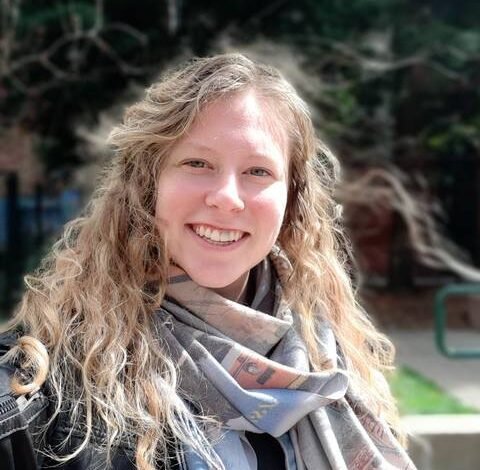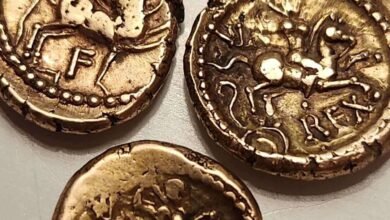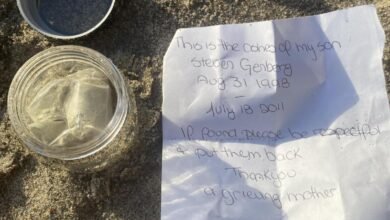Over 2,000 medieval silver coins found in the Czech Republic: photos

Archaeologists in the Czech Republic found a 900-year-old “jackpot” of more than 2,000 silver coins after a woman stumbled upon some coins, an institute said.
Photo by the Institute of Archaeology of the Academy of Sciences of the Czech Republic
Surrounded by political instability and warfare, a medieval person decided to hide their riches. They buried a pot filled with coins but never returned.
Nine hundred years later, a woman in modern-day Czechia stumbled on the forgotten “jackpot.”
The woman found some silver coins while walking through a field in Kutnohorsku and contacted officials, the Institute of Archaeology of the Academy of Sciences of the Czech Republic said in a May 16 news release.
Archaeologists searched the field with metal detectors and eventually unearthed more than 2,150 coins.

The silver coins were likely buried between 1100 and 1125 during a period of regional instability, an archaeologist with the institute, Filip Velímský, said in the release. The coins were originally in a pottery container but scattered by later agricultural work.
Photos show some of the tarnished 900-year-old coins.

Velímský described the medieval coin hoard as having significant value during its time and being an unimaginable amount for an everyday person. He compared the amount to a modern-day lottery “jackpot.”
[–>
Archaeologists noted that the coins may have been war booty or unpaid wages, the institute said.
[–>

The artifacts were taken to a laboratory for further analysis and documentation, a process that will likely take a year. Archaeologists hope to put the coins on public display in 2025.
Kutnohorsku, more commonly known as Kutná Hora, is a roughly 50-mile drive east of Prague.
Google Translate was used to translate the news release from the Institute of Archaeology of the Academy of Sciences of the Czech Republic.




